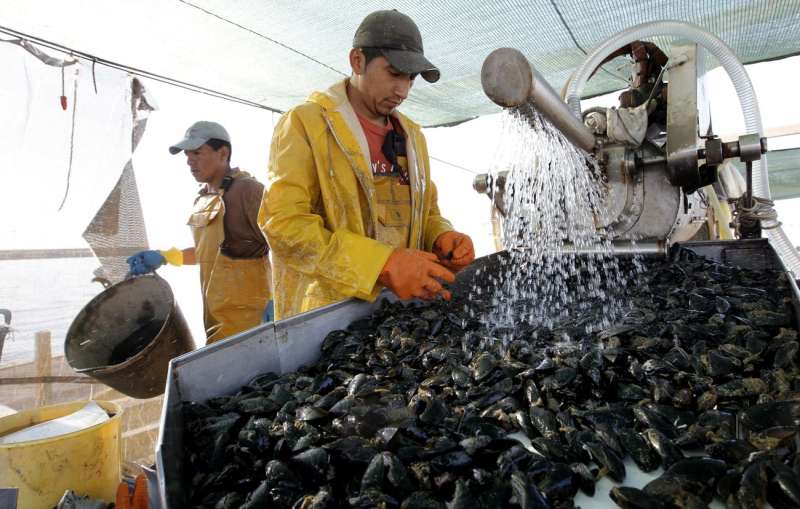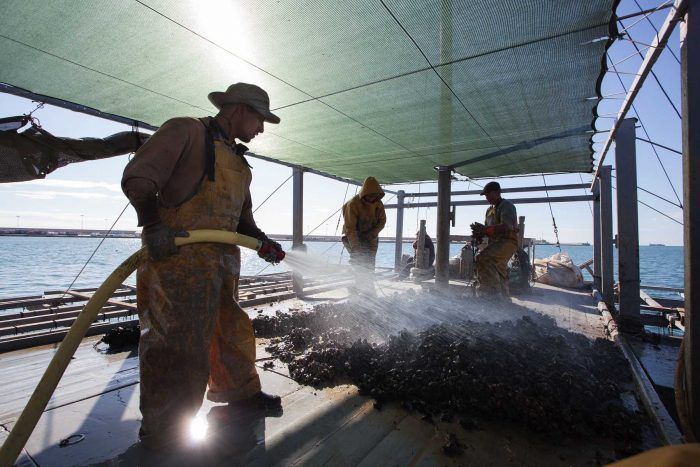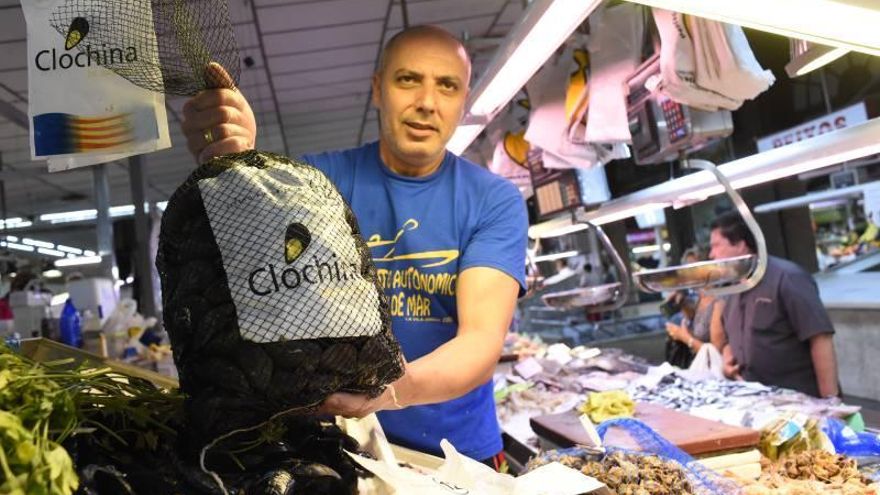Summer in Valencia means clóchinas: small, tender mussels packed with flavour and history. But hurry — their season ends in August….
When summer arrives in Valencia, so does one of the city’s most cherished delicacies: clóchinas. These small, coppery-black mussels appear only from May to August, bursting with Mediterranean flavour and local pride. Sweeter, smaller, and more tender than their Galician cousins, clóchinas are more than seafood — they are a seasonal ritual rooted in tradition, taste, and place.
Born on the Water: Where Clóchinas Grow
The story begins in the Port of Valencia and nearby Sagunto, where 22 floating platforms, or bateas, anchor the cultivation of these mussels. Suspended ropes hang into the plankton-rich currents, where mussel larvae, or “seeds,” attach themselves and grow slowly under the Mediterranean sun.

“The water here is ideal,” says José Luis Peiró, president of the local clochinero collective. Warm temperatures and high salinity give clóchinas their signature flavour — briny, sweet, and delicate. Unlike supermarket mussels from Galicia, clóchinas are inherently local and never frozen.
By Moonlight and Mastery: The Art of Cultivation
Tradition guides the rhythm. Farmers begin “seeding” after April’s full moon and harvest before the waning moon of August. Young mussels are tied to ropes, cleaned regularly, and harvested by hand. It’s patient, repetitive work, passed down through generations.
“We don’t rush them,” says one veteran. “The sea tells us when they’re ready.”

Each year, the Port of Valencia and Sagunto produce over 800 tons of clóchinas. Yet demand always exceeds supply. Valencians wait all year for the first harvest, and eat them often, knowing they’ll soon disappear.
A Mussel That Carries Valencia on Its Shell
From fishing villages like Cabanyal to markets in El Carmen, clóchinas are a cultural icon. Their short season means they don’t travel well — to taste them at their best, you have to be here, in Valencia, in summer.
They bring people together. Long lunches with family. Loud bars with friends. Shared bowls with strangers. Clóchinas are a local language of flavour.
The Tradition on the Plate
The most beloved preparation is clóchinas al vapor — steamed with a splash of white wine, bay leaf, black pepper, and a sliver of lemon peel. The broth is as prized as the mussels themselves. Bread is dipped. Glasses are raised.
Some cooks add paprika or parsley. Others toss them into paella marinera or arroz a banda. But ask a local and they’ll tell you: the simpler, the better.
Three of the Best Places to Eat Clóchinas in Valencia
Casa Montaña – Cabanyal
A historic tavern dating back to 1836. Their clóchinas al vapor are served with crisp albariño or house vermouth.
La Pilareta – El Carmen
Known as La Casa de les Clochines. A century-old recipe, standing-room-only, shells piling up as conversation flows.
Mercado Central – Fish Stalls
Buy them fresh from multigenerational vendors. Some stalls will cook them for you on the spot.

More Than a Mussel: A Short-Season Ritual
You can’t freeze or import clóchinas. You can’t have them in December. That’s the point. Their fleeting presence teaches patience, appreciation, and seasonality.

One clochinero put it best: “We don’t control the sea; we listen to it. And when the time is right, it gives us this.”
Final Thoughts
A bowl of clóchinas is a taste of Valencia distilled — sun, salt, tradition, and pride. They are summer in a shell. Don’t miss them.